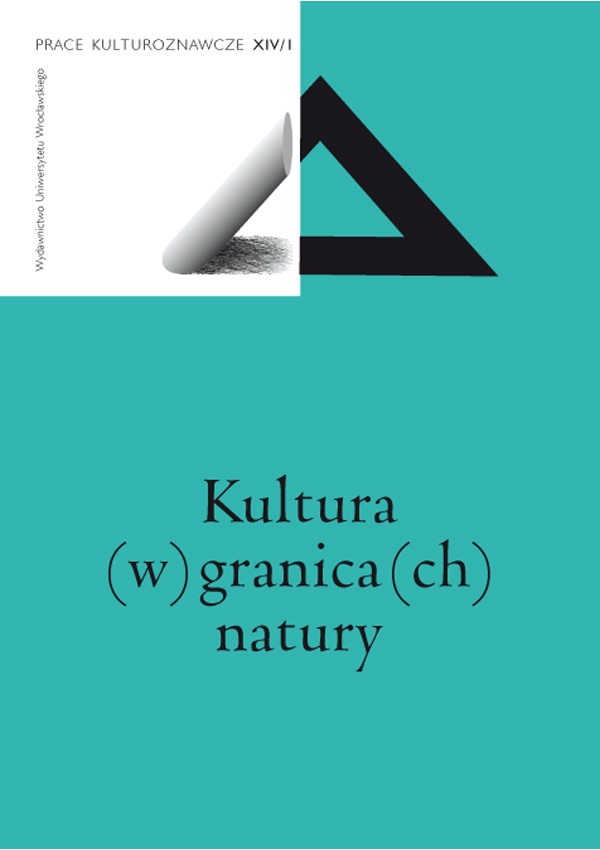

W kręgu pytań o współczesną humanistykę

On nature, culture, border and the potential of the concept of habitus
The assumption inscribed in the phrase “nature is the border of culture” provokes a significant methodological question: Is it possible in a single research procedure to cross or at least step upon this border? Do humanities have sufficient cognitive tools to give account of that borderline area between nature and culture, which science has either tried to negate by some forms of reductionism or cut out methodologically? Our reflection in this matter may focus on the concept of habitus. The limits of its applicability to the nature-culture relationship is the main issue discussed in this article. The perspective of those limits is associated with the fact that the post-humanistic paradigm has shown some indications for re-interpreting the concept in such a way as to make it describe the relations between hybrid-like nature-cultures. The article relates to the conceptualisation of the boundary between nature and culture, the concept of habitus as proposed by Pierre Bourdieu and interpretation of habitus inspired by the Actor-Network Theory ANT. In the light of the latter, the social dimension applies equally to humans and non-humans; the concept of habitus may, therefore, define the relations between factors of different, as so far believed, ontic statuses and may involve ideo-, psycho-, techno- and biomorphisms. The inertial aspect of habitus as a system of permanent dispositions may be described using the concept of intermediary, whereas the creative one with the concept of mediator. In terms of sociology of relations, the creative aspect of habitus would belong to sources of uncertainty. In the anti-reductionist perspective and in Bruno Latour’s anti-essentialist concept, habitus goes beyond its anthropological content in line with the post-humanist ANT logic and, released from its sociological constraints, demonstrates its non-reductionist potential.